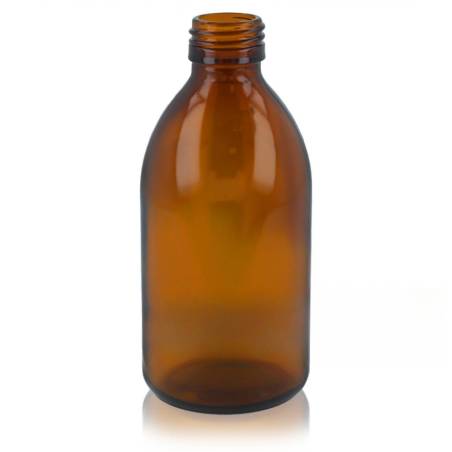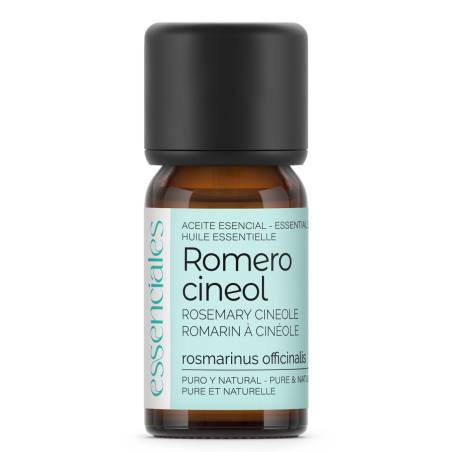🌹 Rosehip oil (Rosa canina), extracted from the seeds of the wild rose through a first cold-pressing process, is one of the most powerful and valued plant oils in natural cosmetics. Its high content of antioxidants, essential fatty acids, and vitamins makes it a true elixir for skin regeneration and care. Famous for its healing and anti-aging properties, rosehip oil is an essential ingredient for those seeking healthy, radiant, and blemish-free skin ✨.
🌿 Properties of Rosehip Oil
This oil stands out for its ability to regenerate skin tissue and improve elasticity thanks to its rich composition of essential fatty acids such as linoleic acid (omega-6) and alpha-linolenic acid (omega-3), both fundamental for repairing the skin barrier. It is also an important source of antioxidants and vitamins —such as vitamin A (retinoids) and vitamin C— which promote cell renewal, fight free radicals, and help maintain youthful, smooth, and glowing skin 🌸.
Rosehip oil is especially effective for treating scars, spots, and stretch marks. Regular use can help fade acne scars, wound or burn marks, and reduce the appearance of stretch marks thanks to its regenerative action. In addition, it is a powerful moisturizer that improves the texture and softness of the skin, providing a feeling of comfort and natural radiance.
🌼 Organoleptic Description
- Color: Deep reddish-orange, due to its high beta-carotene content, which are powerful natural antioxidants.
- Texture: Light and fast-absorbing, ideal for daily use without leaving a greasy feeling.
- Aroma: Pure, virgin, unrefined rosehip oil does not smell like roses. Its scent is typically described as sweet-sour and slightly nutty. Due to its high content of polyunsaturated fatty acids (which make it so beneficial), cold-pressed rosehip oil may even have a slight fishy note or a strong, characteristic aroma of the seed or fruit itself.
How to identify low-quality rosehip oil?
- If it smells sweet or like roses, it has likely been refined, deodorized, or artificially scented.
- If it is completely transparent and lacks any color at all, it’s a sign of over-refinement.
💧 Benefits of Rosehip Oil
-
Cell Regeneration and Healing: Promotes tissue regeneration and improves the appearance of scars, dark spots, and acne marks. Its rich composition in essential fatty acids accelerates healing and gradually fades imperfections.
-
Anti-Aging Properties: Rich in vitamins A and C, it combats free radicals, prevents wrinkles and fine lines, and improves skin firmness and elasticity ✨.
-
Deep Hydration and Nutrition: Provides lasting hydration without clogging pores. Ideal for dry or mature skin, it restores softness, flexibility, and a natural glow.
-
Treatment for Stretch Marks and Spots: Stimulates cell renewal, helping reduce stretch marks and hyperpigmentation. Unifies skin tone and enhances texture.
-
Suitable for All Skin Types: Its light, non-comedogenic texture makes it suitable even for combination or oily skin, leaving no residue or greasy feel.
-
Hair Care: Nourishes dry scalp, repairs split ends, and adds shine and smoothness. Reduces dryness and frizz 💆♀️.
🌺 Cosmetic and Therapeutic Uses of Rosehip Oil
Rosehip oil is highly versatile and can be easily integrated into facial, body, or hair care routines. On the face, it can be applied as a regenerating serum before moisturizer or mixed into nourishing masks and creams. It is also ideal in formulations of lotions, balms, and body oils that aim to improve skin texture and radiance ✨.
In therapeutic use, it is excellent for treating recent scars, burns, and skin spots. Regular application accelerates skin recovery, minimizes marks, and improves the overall tone and appearance of the skin.
For hair care, it can be added to conditioner or applied directly to the ends to nourish and repair. It is also perfect as a massage oil, as it enhances hydration and stimulates circulation, leaving the skin soft and firm.
⚠️ Recommendations and Precautions
- For sensitive skin: Although generally safe, very sensitive skin may react. It is recommended to perform a patch test before continuous use.
- Avoid sun exposure after application: Due to its natural retinoid content, it may increase photosensitivity. Apply preferably at night or use sunscreen during the day ☀️.
- Storage: This is a delicate oil prone to oxidation. Store in a dark glass bottle, in a cool, dry place, ideally refrigerated ❄️.
🧴 Three DIY Recipes with Rosehip Oil
1. Regenerating Serum for Scars
Ingredients:
- 1 tablespoon rosehip oil
- 1 teaspoon jojoba oil (balancing)
- 3 drops frankincense essential oil (anti-aging)
- 2 drops lavender essential oil (soothing)
Instructions:
- Mix all ingredients in a dark glass bottle.
- Apply 2–3 drops to desired areas, gently massaging until absorbed.
Benefits: Stimulates cell regeneration and helps reduce scars and spots 🌿.
2. Anti-Aging Moisturizing Cream
Ingredients:
- 2 tablespoons rosehip oil
- 1 tablespoon shea butter (moisturizing)
- 1 tablespoon sweet almond oil (emollient)
- 5 drops geranium essential oil (toning)
Instructions:
- Melt the shea butter in a double boiler and mix with the oils.
- Pour into a jar and let cool before using. Apply to face or body.
Benefits: Deeply moisturizes, improves elasticity, and combats signs of aging ✨.
3. Repairing Hair Mask
Ingredients:
- 1 tablespoon rosehip oil
- 1 tablespoon coconut oil (nourishing)
- 5 drops rosemary essential oil (stimulates growth)
Instructions:
- Mix all ingredients until smooth.
- Apply to dry hair from mid-lengths to ends and leave for 30 minutes before washing.
Benefits: Nourishes hair, repairs split ends, and restores shine and softness 💆♀️.





































